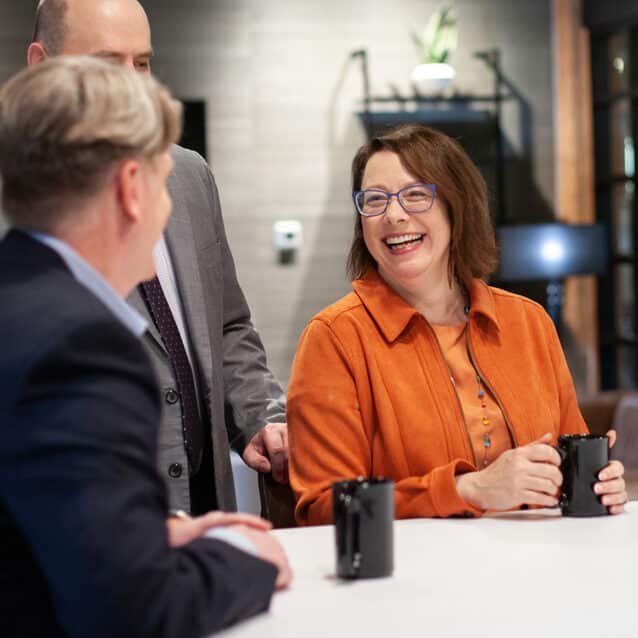How Does Collaborative Divorce Differ from Litigated Divorce?
Collaborative Divorce is a process designed as an alternative to traditional litigation to end a marriage. It is sometimes referred to as “divorce with dignity,” “peaceful divorce,” or the “gentler divorce. It is intended to offer you and your spouse the support, guidance and resources of each having a collaboratively trained attorney, working as a team, to allow you to avoid going to court. Collaborative Divorce also provides you with the benefits of a divorce coach (a trained mental health professional) and, as needed, other professionals (a child specialist, financial neutral, etc.), all working as a team.
In the process, your team will work with you to negotiate a settlement with your spouse, giving you the freedom to avoid having the court decide your personal issues. You will maintain open communication and readily share information. This allows for creative problem solving, often at less expense. Intrigued? Contact Kim Large for more information: klarge@mikameyers.com, or 616-632-8024”
There are many differences between the collaborative process and litigation! This is a brief, simplistic summary. Talk to a collaborative professional to learn more.
Collaborative Divorce | Litigated Divorce |
Confidential | Public (filed with the Court) |
A team approach | Each side is represented by a paid professional, who acts only for that party |
A mental health professional runs the sessions | No psychologist involved, unless one is hired to conduct an evaluation of a party or child |
Timing is dictated by the needs of the parties | The Court sets the deadlines and a schedule |
Usually meets every few weeks | Disputed issues are set for hearings based on Court’s timing |
Documents are compiled together, cooperatively | Documents are exchanged when requested in discovery |
No discovery process | Discovery process (can be expensive and time consuming)—subpoenas, document requests, etc. |
No rules of evidence | The evidentiary rules apply to all Court filings/appearances |
Any financial professional is neutral for the team | Each side has to hire his/her own financial expert, who is not neutral, if one is needed |
End goals: set by the parties | End goals: divorce.Long-term communication and cooperation for the sake of children is often not on the table |
Personalized | One-size-fits-all |
Parties are encouraged to share in session | Parties are discouraged from talking and, when in court, your attorney is your voice, unless you are testifying |





